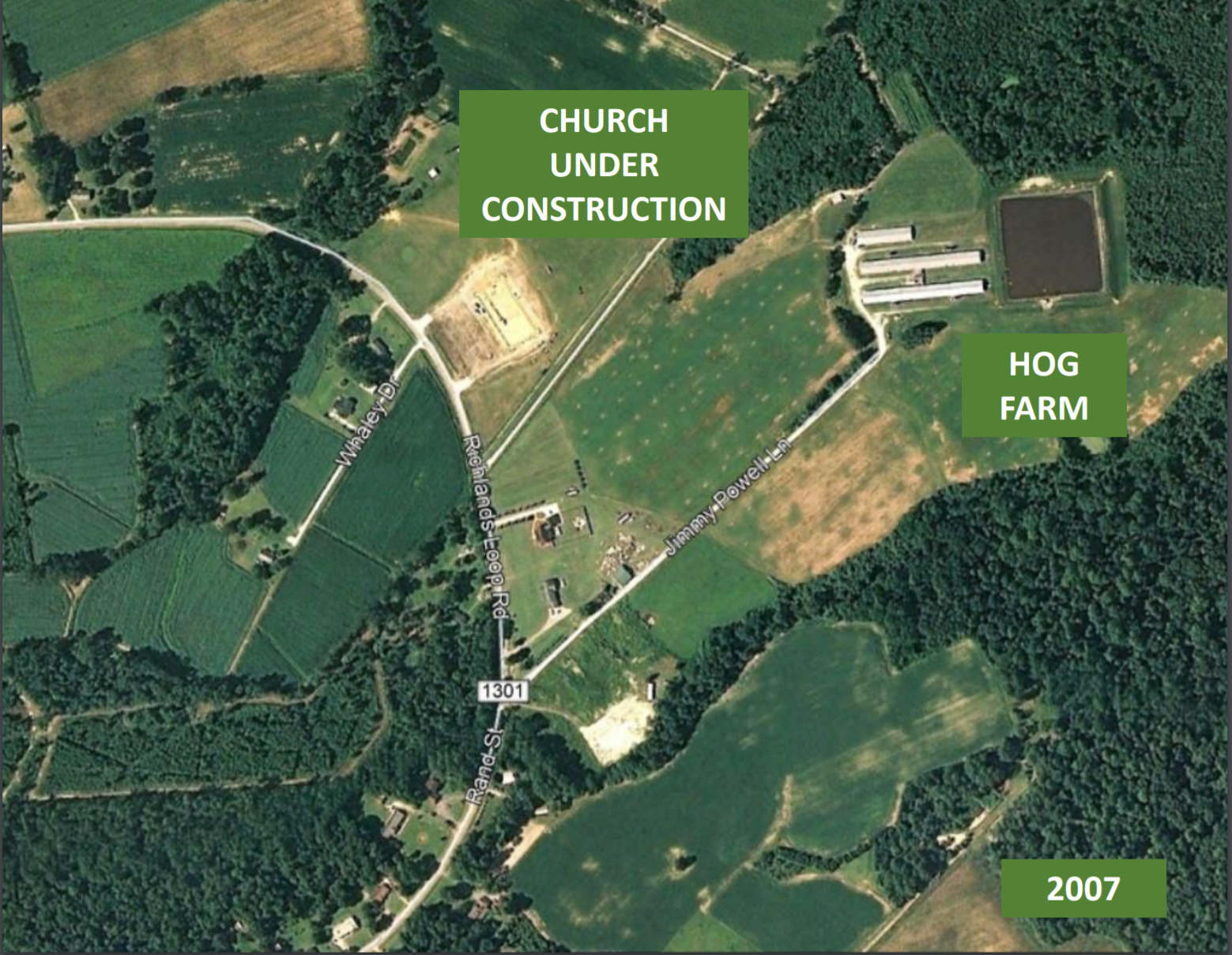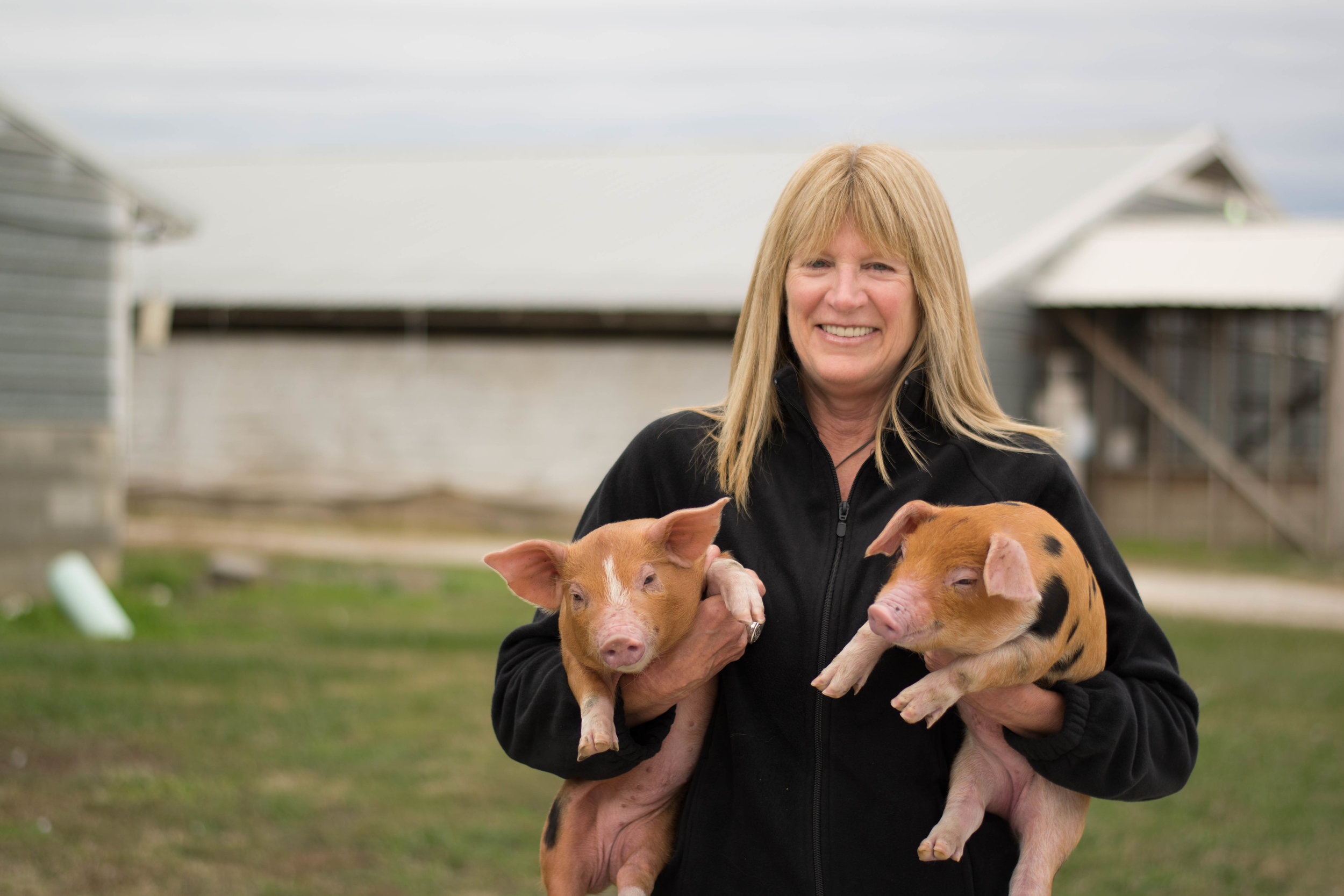There once was a time when The News & Observer had its finger on the pulse of eastern North Carolina – back when newspapers had large, bustling staffs with reporters who closely covered the agriculture industry and wrote about the latest happenings in places like Goldsboro and Mount Olive.The newspaper and its staff have since shrunk, and The News & Observer has lost touch with eastern North Carolina. That was evident when The N&O published an editorial last week lamenting the impact of hog farms.As most people who live in eastern North Carolina understand, hog farms have a positive economic impact on our communities. In the state’s two largest hog producing counties, Sampson and Duplin, the growth in median wages and annual income have outpaced state averages over the past 10 years.People are not shying away from these communities. The population has increased sharply over the past 25 years. That growth is driven in part by the success of our hog farmers, and new housing developments and businesses are popping up near long-established farms.Here is one example from Onslow County. These photos show how the area grew from 1998 to today, with new homes and a new church spouting up beside an existing hog farm.

 There are countless other examples just like that in small towns across our state.The pork industry is boosting our economy across eastern North Carolina — not harming it. It provides valuable jobs and serves as an important economic engine that helps rural communities survive and thrive.The N&O has been losing circulation in eastern North Carolina for a long time. Now it's losing touch, too.
There are countless other examples just like that in small towns across our state.The pork industry is boosting our economy across eastern North Carolina — not harming it. It provides valuable jobs and serves as an important economic engine that helps rural communities survive and thrive.The N&O has been losing circulation in eastern North Carolina for a long time. Now it's losing touch, too.
News Article
The Reality of Living Next to a Hog Farm
by: Marisa Linton
If you listen to some activist groups and read some news accounts, you’d think living next to a hog farm is a miserable life.
What you should do is talk to people who do live next to hog farms. Like farmers who live on their farms. And people like me who have lived beside a hog farm for 10 years.
“I built my home near my farm because it is beautiful out here,” says Gaye Crowther, a hog farmer. “With the pig barns and the cattle and horses grazing in the fields, there is hardly a more picturesque setting.”
It goes beyond the aesthetic beauty of living on their farms, though. For many farmers, it is family land, and living on that land is part of continuing a legacy and tradition. Dale and Angie Dunn chose to live in a small house across from their hog farm when they were newly married.
“I didn’t even have a clothes dryer, so I hung all my clothes out on a line, and we lived right across from the hog farm. I worked at the hospital as a nurse, and I never had anyone tell me my clothes had a smell of hog odor,” says Angie Dunn.
When it came time to build a family home, the Dunns had other spots available but they chose to build right across from the hog farm to be close to family and carry on the tradition.
“It was important to us to build our home on family land where we could be close to our family. Our children were able to grow up with their cousins,” says Angie.
There is also a practical side to living within eyesight of the hog barns.
“We can keep our eye on it and monitor for intruders…we can also see if the lights and fans are on. If they go off, that endangers the pigs’ health. It’s really nice to be able to look out our window and see those things,” says Angie.
Dale and Angie Dunn raised their two children by the hog farm. Daniel, their son who is in high school, also says it is nice to live next to the hog farm because they can easily check on the pigs. He also said that he never had any problems living next to the farm growing up.
And what about the waste being sprayed? How close does that get to their house? Does it bother them?
The Dunn’s house has fields on all sides of it. Some of those fields are sprayed on with hog waste. When asked if it bothered them, Angie and Dale said that while it can smell sometimes, it isn’t a problem and doesn’t concern them.“Why would it? It’s only corn and water,” says Dale. “Those hog houses are a reason I was able to build the home I have now. They paid for it.”
It isn’t just families who raise hogs who live near hog farms. There are many neighbors living contentedly next to hog farms too. I should know. I am one of those neighbors. I’ve lived next to a hog farm for more than a decade, and I don’t mind one bit. Sometimes I smell it, but I live in the country, and I expect that from a farm, just as I would expect to hear extra noise if I lived in a big city. I am still able to cook out and spend time outside with my family. I trust the hog farmers. They are good people who like spending time outside the same as I do.*
Gaye Crowther just had relatives from Birmingham, Alabama down to her house and farm.
“We were pumping during that time. They thought the farm was really peaceful and beautiful. We all sat on the front porch while the reels were pumping,” says Gaye.
A lot of loud voices criticize hog farmers. They paint an ugly picture. But the loudest voice isn’t always the right voice.
*Marisa lives in Wayne County with her family. She acts as Director of Engagement for NC Farm Families. Marisa loves living in the country on land that has been in her family for over a century. She has a passion for agriculture and believes in the people who are involved in it.
Facts Contradict Elsie Herring's Story
She’s an internet star for Earth Justice, Environmental Justice, Environmental Working Group, the Waterkeeper’s and operation R.E.A.C.H. She’s told her story on websites for Mother Jones, Policy Watch, Indy Week, Democracy Now, Raw Story, and in the film Right to Harm. She’s the voice of ‘environmental justice’ groups. The unofficial spokeswoman for lawyers suing hog farmers. She’s Mrs. Elsie Herring.
Elsie Herring’s Story
The story she tells goes like this: The hog farmer next door to her home sprays his field “three or four days on a slow week” – and sometimes “daily.” And occasionally “at night.” The odor is so bad she can’t go outside. She can’t sit on her porch. She’s trapped, a captive in her own home.It’s the dramatic tale of ‘the captive lady and a cruel farmer’ and Elsie Herring’s told it over and over for years.
The Truth About Hog Farmers
But there’s a problem.Every time the hog farmer sprays his field he has – by law – to keep a record for state inspectors to review. Here’s a photo of the farmer’s ledger:
Did he occasionally spray at night? No.Did he sometimes spray daily? No. Did he spray 3 or 4 times a week? No.In fact, over the last 6 months the farmer only sprayed on 2 days and, then, he only sprayed an average of 2 hours and 8 minutes each day.Recently, Mrs. Herring was back on the Internet. She’s told her story many times. A lot of people have heard it. But look at the facts. Look at the farmer’s ledger. Look at this video:
Go down to her home and look at the grove of trees between her house and the farmer’s field. The facts contradict her story. Why does she continue to tell it? We don’t know. But we do know the facts tell a different story.
Update: For the past 3 years, the field closest to Ms. Herring’s house has not been used. This increases the spray field distance to 900 feet—not 8 feet.





